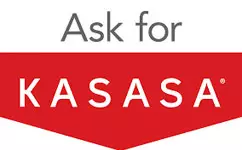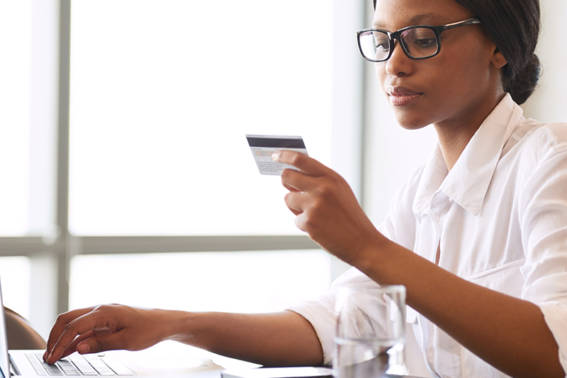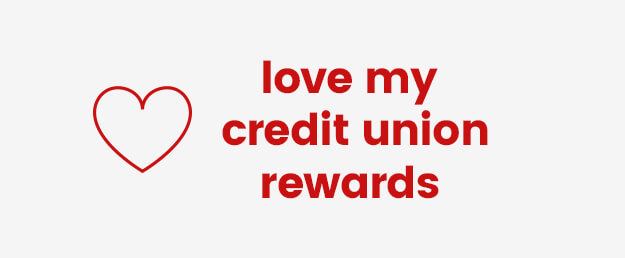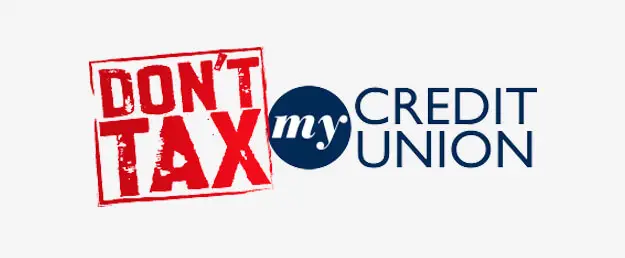Last month, we shared how to recognize the signs of a stolen identity. While it’s undoubtedly important to know the signs, it’s equally (if not more) crucial to safeguard your identity from the get-go.
With identity theft reports on the rise, experts believe fraudsters are adapting to the online world and taking advantage of web users. Based on data from the Federal Trade Commission (FTC), reports increased from 398,356 in 2016 to 650,572 in 2019—a 63% increase in the last four years.
And since the COVID-19 pandemic hit earlier this year, online banking and virtual services are seeing record usage numbers—making it even more critical to protect yourself against a stolen identity. Here’s how.
Track your accounts to avoid a stolen identity
Good news: the digital age makes it easier than ever to check accounts. Make it a habit to check your accounts at least once a day. Be sure to look for unusual charges. For example, you can confirm you wrote the checks cashed, and explore mysterious phone bill charges (aka “cramming charges”). Unlike standard activity, cramming charges can be more challenging to spot because they typically appear as small fees on your phone bill. The caveat? They’re for services, such as ringtones or daily horoscopes, that you never purchased or approved.
If you notice an unusual charge—cramming or otherwise—contact your credit union, bank, or phone carrier immediately. If you discover an unapproved charge, you can request a refund or file a dispute. You can also file a complaint with the FTC.
Secure your information
The easiest way to secure your identity is not to share personal information, especially online. It’s one thing to open a credit union account and share relevant information with a professional. It’s another to fill out an online form with your social security number. Whenever possible, avoid making purchases through public wi-fi (at cafes or libraries, for example) and non-secure websites (those without https:// at the beginning of the URL).
As an additional safety measure, make sure you have a chip-enabled credit card, generate unique passwords for every login, and enable two-factor authentication for your online accounts. Two-factor authentication adds a layer of security by requiring two identification methods, such as a password and security code or fingerprint.
Implementing these simple steps make it increasingly difficult for criminals to hack accounts and steal your identity.
Set up automatic fraud alerts
At DEXSTA, we’re always monitoring credit and debit card transactions to prevent fraud on our credit union members’ accounts. As of July 14th, we launched automatic fraud alerts for our members. If we identify suspicious transactions on your account, we’ll attempt to contact you about the activity via SMS, phone, or email to determine if a transaction was authorized. All you need to do is reply to confirm whether or not you recognize the transaction. If you don’t recognize it, we’ll immediately block your card to protect you from further fraud until you can call us.
The bottom line
Protecting your identity requires diligent management of your accounts and payment activity. We take our members’ security seriously with regular monitoring, automatic alerts, and industry best practices. And if you notice something suspicious? We’re here to help, always.





